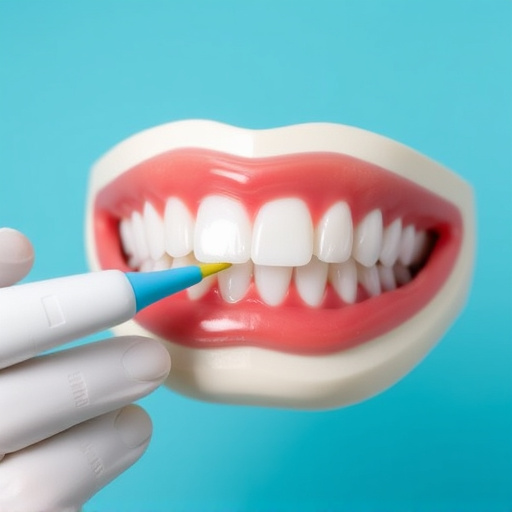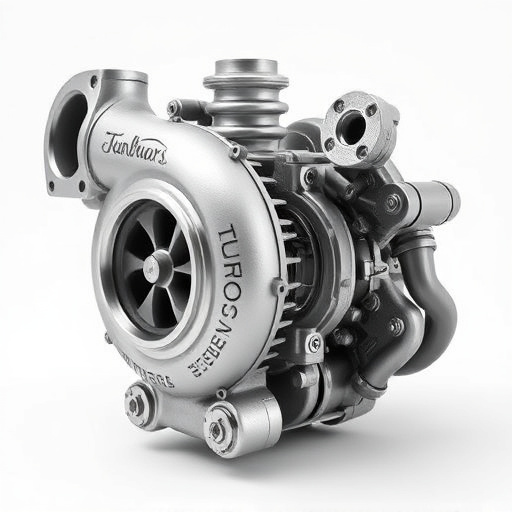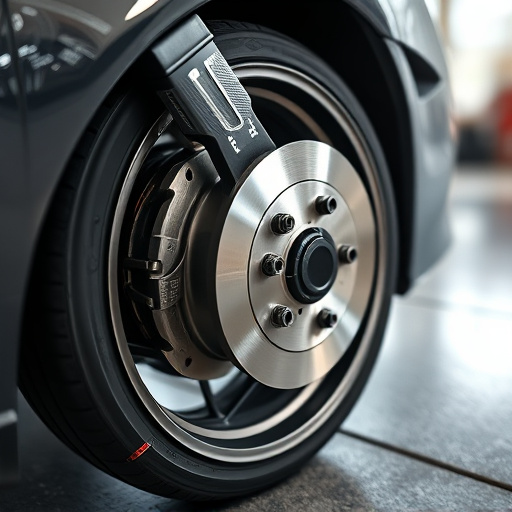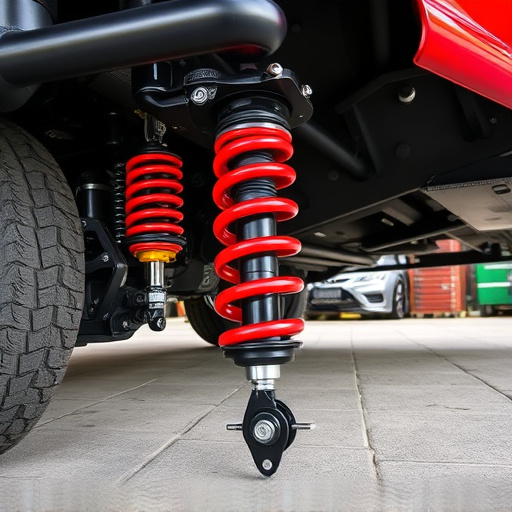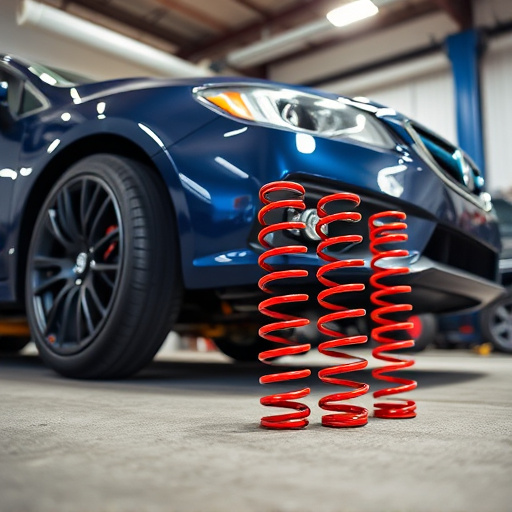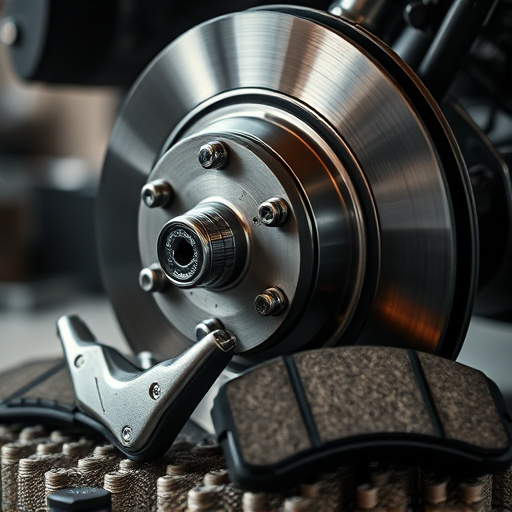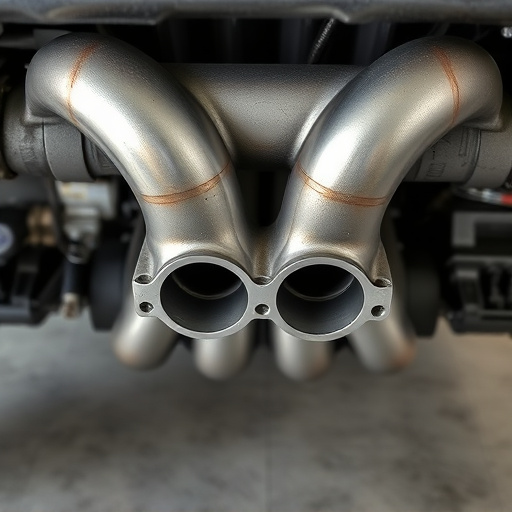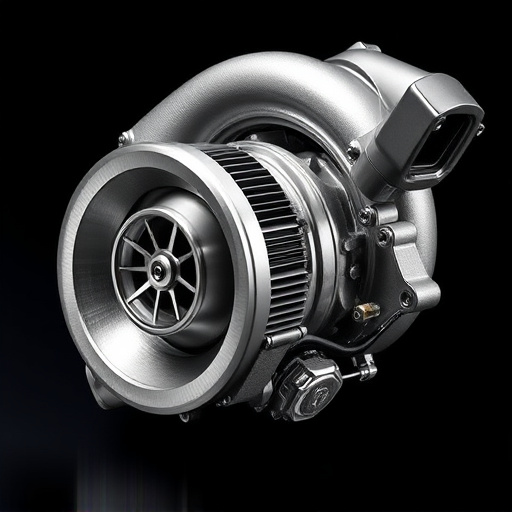A cat back exhaust system boosts automotive performance and enhances sound through key components working in harmony for optimal gas flow, emission reduction, and refined exhaust notes. Resonators, crucial for balancing noise reduction and performance optimization, improve gas flow for better combustion and engine response. Designing high-performance cat back exhausts involves careful consideration of gas flow, resonator placement, muffler tips, weight, and materials to enhance vehicle dynamics.
In the realm of automotive performance upgrades, the cat back exhaust system stands out as a game-changer. This article delves into the intricate world of cat back exhaust design, focusing on resonators—essential components that enhance both sound and performance. We’ll explore how these systems work, their impact on engine noise, and the design considerations crucial for achieving optimal output. By understanding resonators’ role, folks can make informed choices to revolutionize their vehicle’s sound and overall driving experience.
- Understanding Cat Back Exhaust System Components
- Resonators: Sound Reduction and Performance Impact
- Design Considerations for Optimal Cat Back Performance
Understanding Cat Back Exhaust System Components

A cat back exhaust system is a crucial component in automotive engineering, enhancing both performance and sound. It consists of several parts working harmoniously to achieve optimal gas flow and engine efficiency. At the core, the catalytic converter, or ‘cat’, plays a vital role in reducing harmful emissions. This advanced device allows specific gases to pass through while trapping others, ensuring environmental compliance.
Upstream from the cat, resonators are essential elements within the cat back exhaust design. These devices are responsible for minimizing unwanted sound frequencies, resulting in a more refined and harmonious exhaust note. By tuning the system’s acoustics, resonators complement the engine’s performance, especially during high-revving scenarios, where they can enhance the overall driving experience by reducing noise levels without compromising power output. In conjunction with other components like brake pads, brake rotors, and suspension parts, the cat back exhaust contributes to a well-rounded vehicle dynamics package.
Resonators: Sound Reduction and Performance Impact
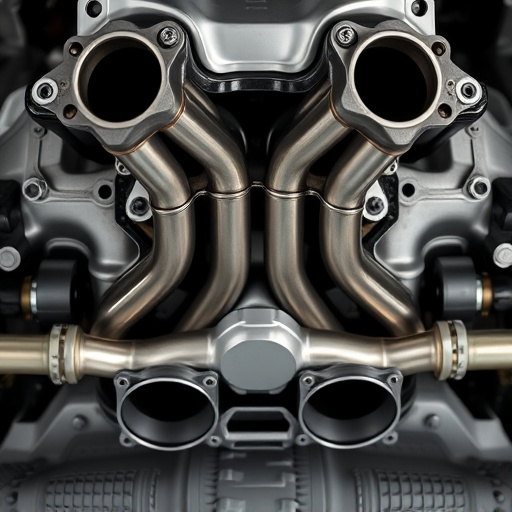
Resonators play a pivotal role in cat back exhaust design, contributing significantly to both sound reduction and performance optimization. These components are engineered to mitigate unwanted noise vibrations generated by the exhaust system, specifically targeting low-frequency sounds that can be particularly annoying. By carefully tuning the resonator’s chamber size and materials, manufacturers ensure that harmful noise is dissipated, resulting in a smoother, more refined exhaust note.
Beyond sound reduction, resonators have a notable impact on overall performance. They help to optimize gas flow within the cat back exhaust, allowing for more efficient combustion and better engine response. This improvement can be particularly evident when paired with high-performance coilover kits, where a well-designed resonator enhances both driving experience and fuel efficiency. The synergistic effect of these components underscores their importance in crafting top-tier exhaust systems.
Design Considerations for Optimal Cat Back Performance
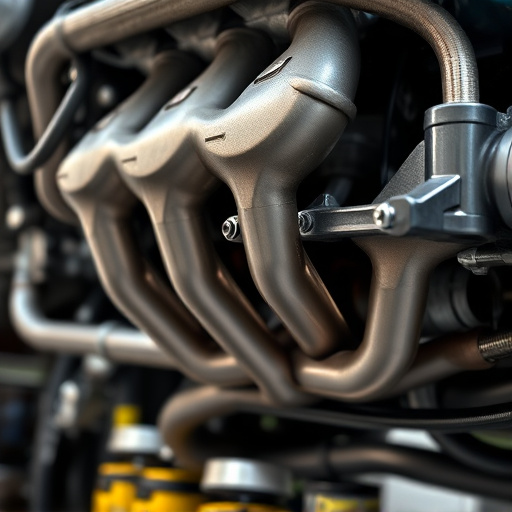
When designing a cat back exhaust system for optimal performance, several key considerations come into play. The primary goal is to enhance vehicle performance while ensuring smooth and quiet operation. One crucial element is balancing the flow of gases; resonators play a vital role here by reducing harmful noise and allowing for more efficient gas expulsion, which directly impacts engine output and fuel efficiency.
Additionally, the placement of muffler tips should be strategic to maximize exhaust flow without compromising the vehicle’s structural integrity. Consideration should also be given to the overall system’s weight and material composition, as lighter components can contribute to improved handling and acceleration, ultimately enhancing the overall vehicle performance.
Cat back exhaust systems, with their intricate design elements like resonators, play a pivotal role in balancing performance and noise reduction. By understanding the functions of these components and optimizing design considerations, engineers can craft efficient, quiet, and dynamic driving experiences. Resonators, in particular, act as fine-tuned tuning forks, attenuating unwanted sound frequencies while allowing desired engine tones to pass through, ultimately contributing to a harmonious driving environment.


